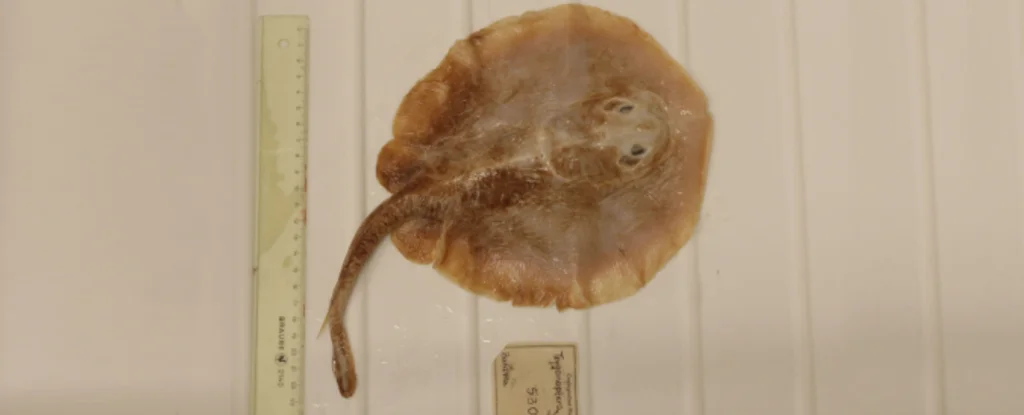First marine fish declared extinct due to human activities
- December 24, 2023
- 0
Javan rays are the first marine fish to be declared extinct as a result of human activities. The worrying news was released last week alongside reports on increasing
Javan rays are the first marine fish to be declared extinct as a result of human activities. The worrying news was released last week alongside reports on increasing

Javan rays are the first marine fish to be declared extinct as a result of human activities. The worrying news was released last week alongside reports on increasing climate impacts on freshwater fish presented at COP28 alongside the latest update of the Red List of Threatened Species drawn up by the International Union for Conservation of Nature (IUCN).
An impressive quarter of all known freshwater fish species are now at risk of extinction, while 20 percent are directly affected by climate change.
“Freshwater fish make up more than half of the world’s known fish species, an incredible diversity given that freshwater ecosystems make up only 1 percent of aquatic habitat,” says Cathy Hughes, co-chair of the IUCN Freshwater Fish Specialist Group.
“These diverse species are integral to the ecosystem and vital to its sustainability. This is important for the billions of people who rely on freshwater ecosystems and the millions who rely on fisheries.”
The extinction of aquatic species is happening exactly as scientists predicted.
From the backwaters of Australia to the shores of U.S. lakes to the beaches of Thailand, mass extinctions of fish are increasing around the world. Even though they occur naturally as a result of extreme weather events, we have taken too much of their water, added too many pollutants, and caused these extreme weather events. It is difficult to calculate the number of animals affected in 2023 alone.
“This is another wake-up call to our decision-makers that large-scale recovery can no longer wait,” said Claire Baffert, senior water policy officer at WWF’s European Policy Office.
“To prevent this extinction crisis, EU institutions need to adopt the long-awaited Nature Restoration Act, which aims to restore 25,000 kilometers of free-flowing rivers that are vital for salmon and other migratory fish.”
Charles Darwin University biologist Julia Constance evaluated the Java stingray in the sea. This unique dinner-plate-sized stingray was known only from a single specimen collected from a fish market in Jakarta in 1862 (pictured). Despite careful market monitoring and research, no trace of the species has been found since.
“Intensive and generally unregulated fishing will be the main threat to extinction of the Java stingray population, as coastal fisheries in the Java Sea had already declined in the 1870s,” Constance notes.
“Java’s northern coast, particularly Jakarta Bay, where the species is known to occur, is also heavily industrialized and there is long-term habitat loss and degradation. “These impacts were unfortunately severe enough to cause the species to become extinct.”
There are at least 120 species of marine fish in danger of extinction on the Red List. Like stingrays, many are directly affected by pollution, including the Tasmanian Mawgean ray (Zearaja maugeana). The influx of commercial farming (ironically, of Atlantic salmon) has helped spread this million-year-old living fossil to fewer than 1,000 individuals.
Industries that use such practices have been accused of not being transparent about them. Countless similar situations around the world are what has led to such an unstable outlook for many fish species and much of life on Earth. Currently, the Red List includes more than 44,000 species at risk of extinction. That’s almost 30 percent of the species they evaluate.
Source: Port Altele
As an experienced journalist and author, Mary has been reporting on the latest news and trends for over 5 years. With a passion for uncovering the stories behind the headlines, Mary has earned a reputation as a trusted voice in the world of journalism. Her writing style is insightful, engaging and thought-provoking, as she takes a deep dive into the most pressing issues of our time.